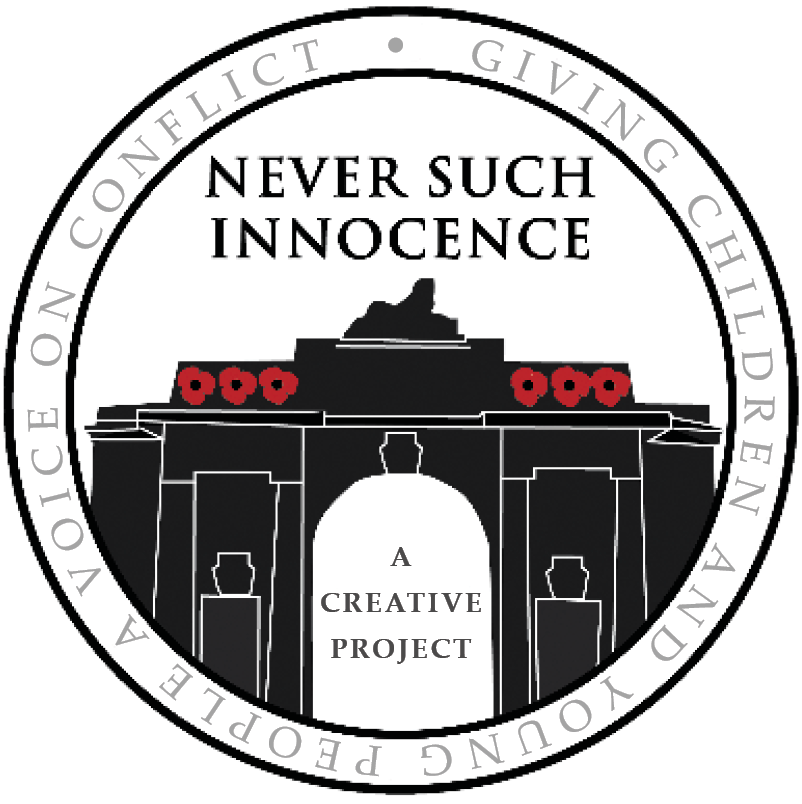Diplomacy: A Discussion in Three Parts (1/3)
/Diplomacy is a difficult concept to define. It doesn’t come up in normal conversation because it often only comes up when talking about leaders communicating with others from different countries. You might have heard the term “Foreign Policy” on the news recently regarding the conflicts like Israel-Gaza and Ukraine-Russia and how different countries interact with each other, this is a form of Diplomacy that basically refers to the different strategies a country may have when interacting with other countries for example sending medical staff over for aid relief and debt relief for developing countries.
Art is one of those strategies that can be part of foreign policy, though more of a softer approach. You may have heard of the Bayeux tapestry and the question whether France or the UK owns it as it was never delivered to British shores and after King William I died, the confusion meaning there has been centuries long discussions regarding the ownership. There’s also art as protest like the Zamthingla Ruivah’s Kashan pattern wherein indigenous populations helped to get the Indian government to develop a new foreign policy against the British government regarding more rights for victims of military violence. Another form of art and foreign policy is art from the National Galleries and specialist exhibitions and the ethics surrounding that. We’ll also be looking at art that looks at the act of Diplomacy itself.
This blog topic will be split between the next three weeks so that it is easier to digest the information. Hopefully you can use this a starting point for your submission to answer this years question: “How Can We Prevent Future Wars?“



Bayeux Tapestry. ca. 1070. Tapestry. Musée de la Tapisserie de Bayeux, Bayeux, France.
A textile marvel, the Bayeux Tapestry is a 20 inch by 224 feet embroidery of a ridiculously detailed narrative following the conquering of British shores by the then Duke of Normandy Wiliam who eventually became the first Norman King of England, dubbed William the Conqueror.
Made by a commune of nuns in Bayeux, the visual style is one of the best examples of Romanesque art, a technique mostly used in 11th century architectural details like mosaics and murals where multiple panels told whole stories of the owner of the building. The Bayeux tapestry itself has 58 scenes that you can explore on the link below where the Bayeux Museum scanned and organised the website so you can look at the individual scenes that make up the tapestry.
Considering the historical context of the tapestry, it is one of the only examples of secular (non religious) forms of art and showcases a way of recording conflict and history that is very similar to styles of comics and webtoons today and can be used as a format for your artwork to tell a complex story that is unable to be shown on a single canvas/page.
Endie, 16-18, Sweden, Never Such Innocence - a short graphic poem [digital multi-panelled artwork], never such innocence archives, London, (photo © never such innocence) ,
Which is why I’d like to compare it to this wonderful submission from last year. Never Such Innocence - a short graphic poem by Endie (16-18) got a special award from our judges last year as the piece defied the categories of the competition being both an artwork and poetic piece.
The graphic comic follows a mother reflecting on the blissful innocence of children in times of conflict while commenting on the movement and actions of soldiers in a war zones similar to the scenes of the Bayeux tapestry while also being culturally relevant to the digital era with its comic-like layout and thus getting more attention to the message of the piece.
The colour scheme and the use of literal elements like speech bubbles, the red bows and writing encourages attention to the message of the piece. As said in her artist statement, Endie “mixed in different textures …to give it a more traditional and ‘stained‘ look“. The graphic nature means it has a higher likelihood of spreading the message of ignorance surrounding conflict and if a leader witnesses it, the chance for conversation between the public and the country’s leaders on how we as a country behave towards others increases. This further highlights Endie’s aims to “help raise awareness to the people of Gaza“ as “coming from Sweden, a country rarely affected by war, people may have a hard time relating or even understanding war“
Further Reading:
Musgrove, D. (2024) The Story of the Bayeux Tapestry: Unravelling the Norman Conquest, NY, NY, Thames & Hudson
Bridgeford, A. (2017), 1066: The Hidden History of the Bayeux Tapestry. London, UK, Harper Perennial
Textiles and politics: Unravel Exhibition Guide (2023) Barbican. Available at: https://www.barbican.org.uk/exhibition-guides/unravel-exhibition-guide (Accessed: 2025)
BAYEUX MUSEUM (2017). Explore the Bayeux Tapestry online. [online] Bayeux Museum. Available at: https://www.bayeuxmuseum.com/en/the-bayeux-tapestry/discover-the-bayeux-tapestry/explore-online/ .
Tzu, S. (2017). THE ART OF WAR (Giles Translation). e-artnow.
Malala Yousafzai and Welch, L. (2019). We are displaced : my journey and stories from refugee girls around the world. New York: Little, Brown and Company.
Rich, K. (2018). Girls resist! : a Guide to activism, leadership, and Starting a Revolution. Philadelphia: Quirk Books.
















